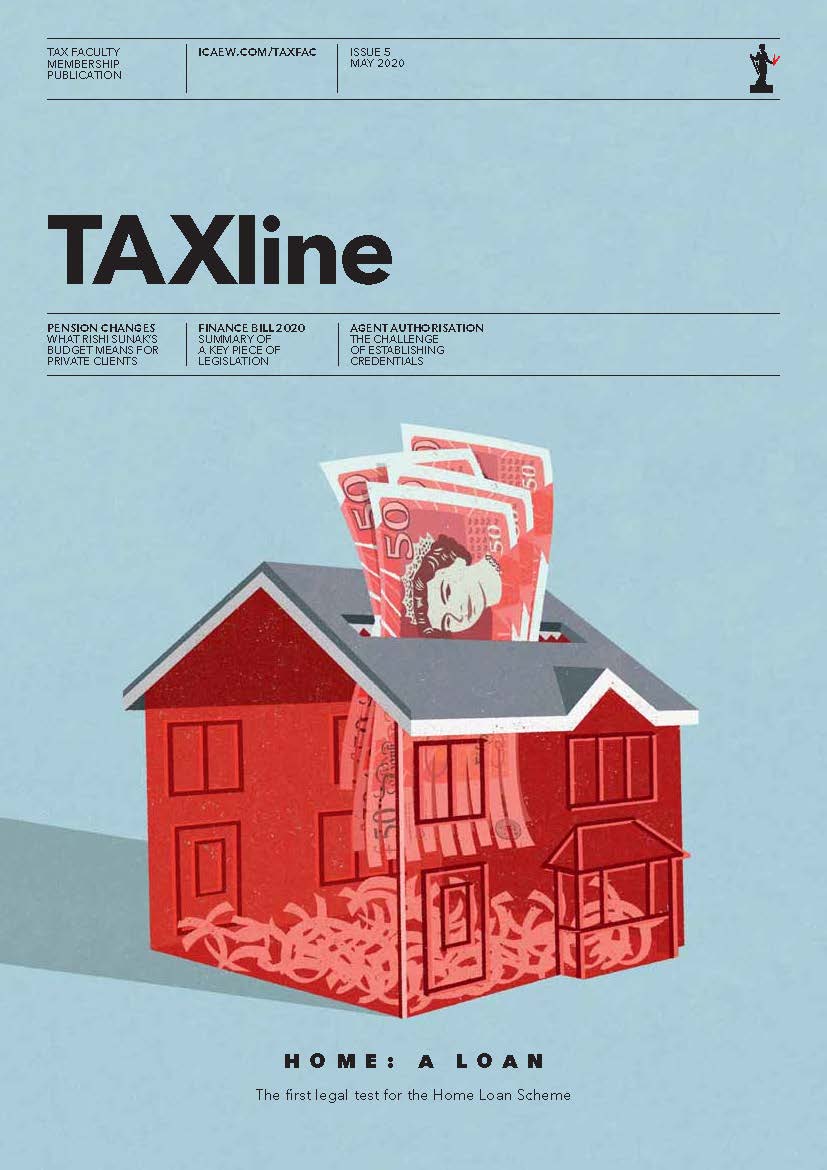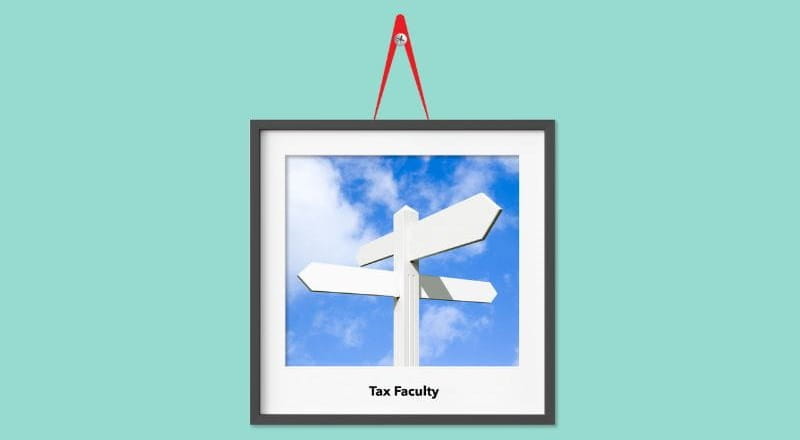Clarification on tax treatment of farmers’ lump sum exit scheme payments
Earlier this year, the government agreed measures to make it easier for farmers to retire. A lump sum exit scheme was introduced, which allows for a lump sum payment to be received as a replacement for payments they would have received under the basic payment scheme until 2027.
From 6 April 2022, a measure will ensure that any such lump sum payments will be treated as proceeds from the disposal of a capital asset. For individuals the payments will therefore be subject to capital gains tax. Companies will be taxed on the payments as chargeable gains under the corporation tax rules. This will allow farmers to benefit from reliefs currently available when disposing of basic payment scheme entitlements.
More details:
New tax checks for licence renewal applications in Scotland and Northern Ireland
Since 4 April 2022, there has been a requirement for a tax check for taxi and scrap metal licence renewals in England and Wales. The draft Finance Bill contains provisions to extend this requirement to licence renewals in Scotland and Northern Ireland from 1 April 2023.
More details:
Digitalising business rates consultation
In the Final Report of the Business Rates Review, published at the Autumn Budget 2021, the government committed to modernise and digitalise the business rates system through the digitalising business rates (DBR) project by:
- matching business rates data with central HMRC tax data; and
- displaying business rates information alongside other tax information in a standardised way.
HMRC has published a consultation document seeking views on potential design options for DBR and setting out how it might operate in practice. The government has confirmed it will deliver DBR no earlier than 2024, with an estimated roadmap date of 2026 to 2027 onwards.
By joining up data held across government – billing authorities (BAs), the Valuation Office Agency (VOA) and HMRC – the government hopes it will be easier, simpler, and less burdensome for ratepayers to understand their business rates liability. The government also hopes it will be able to design and apply reliefs in a better way to support businesses that are most in need, rather than having to rely on property information in isolation.
As part of DBR, the government will require ratepayers to provide or confirm small amounts of additional information to ensure that it can confidently match business rates to tax data.
Chapter 3 of the consultation document explains what might be required and why and seeks to understand any scenarios where meeting this new requirement might be difficult.
Chapter 4 seeks views on options for where and how information should be provided by ratepayers or their representatives. Three options are set out in this chapter.
- Option A: Utilise the government’s planned new duty on ratepayers requiring them to supply certain types of information to the VOA to support more frequent revaluations and improve the accuracy of rating lists.
- Option B: Require ratepayers to provide a tax reference (and other information to allow the number to be validated) to the BA. The BA would then pass this to HMRC to validate and match to the ratepayer’s tax information.
- Option C: Require ratepayers to log on to HMRC’s online services and complete a process to provide references for each of their properties. These would then be linked to their tax reference(s).
Later chapters consider:
- the exchange of data needed between central government and BAs about business rates bills, and how linking business rates and tax data can then be used to support ratepayers and BAs;
- the underlying need for a supporting compliance regime;
- the legislative changes needed to deliver DBR; and
- how agents might best operate and interact under DBR on behalf of their clients.
Tax Faculty
This guidance is created by the Tax Faculty, recognised internationally as a leading authority and source of expertise on taxation. The Faculty is the voice of tax for ICAEW, responsible for all submissions to the tax authorities. Join the Faculty for expert guidance and support enabling you to provide the best advice on tax to your clients or business.
More support on tax
ICAEW's Tax Faculty provides technical guidance and practical support on tax practice and policy. You can sign up to the Tax Faculty's free enewsletter (TAXwire) which provides weekly updates on developments in tax.
Sign up for TAXwireJoin the Tax FacultyThe future of tax after COVID
As digital technologies transform society, the UK government is grappling with balancing the books while ensuring its tax system is fit for purpose. Join us as we take a look at the issues and challenges facing the tax system.
Read more


